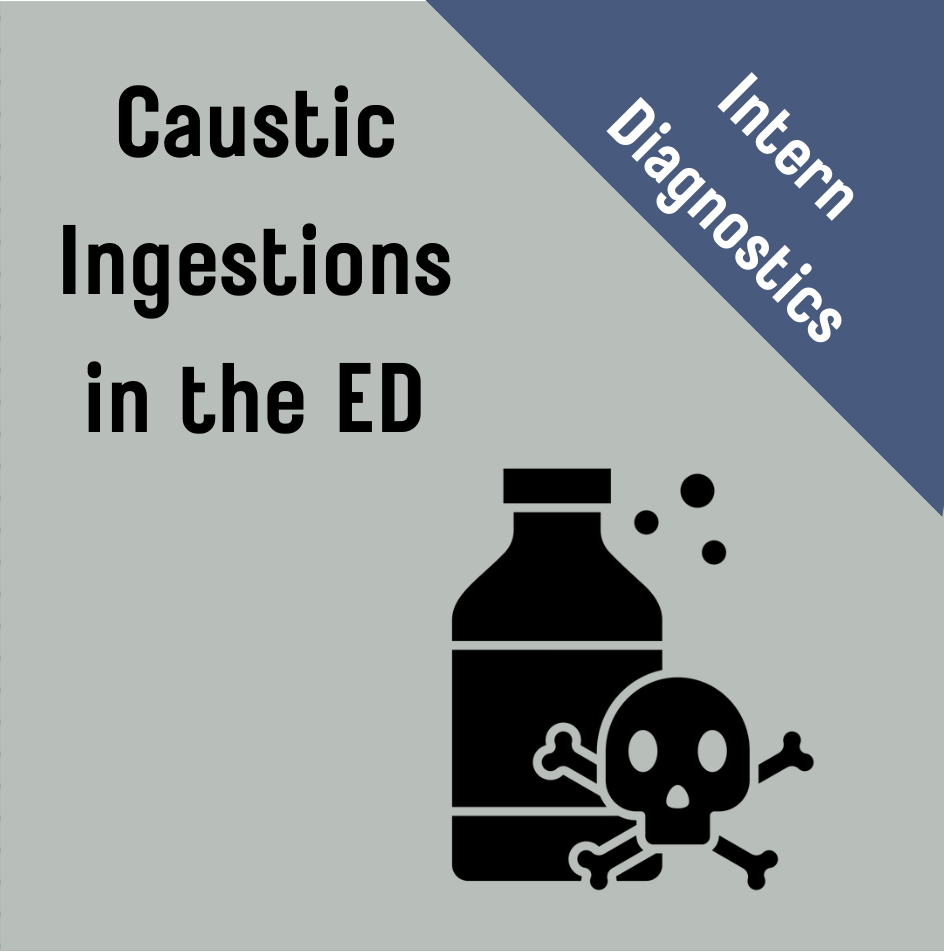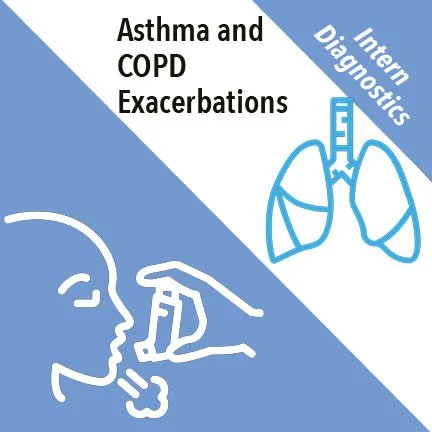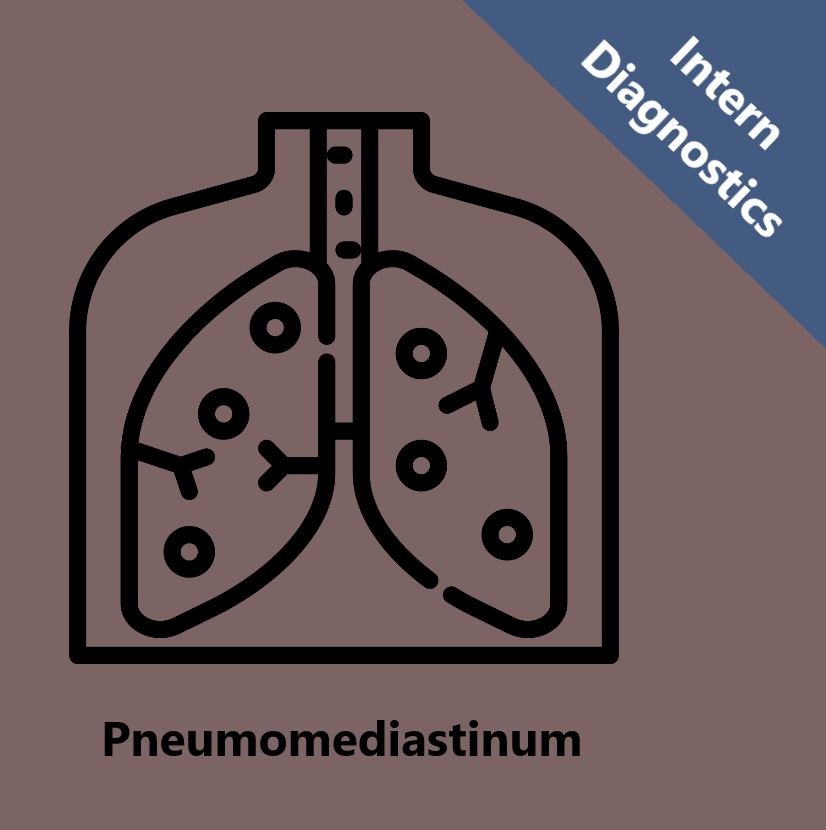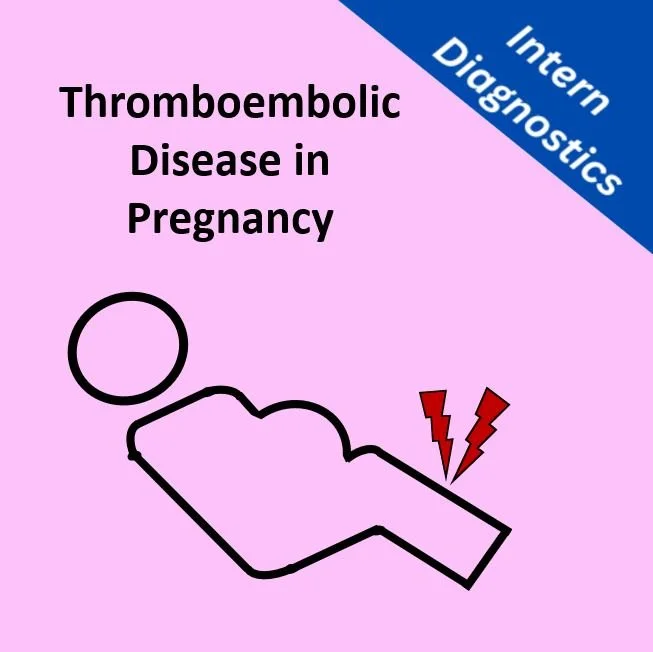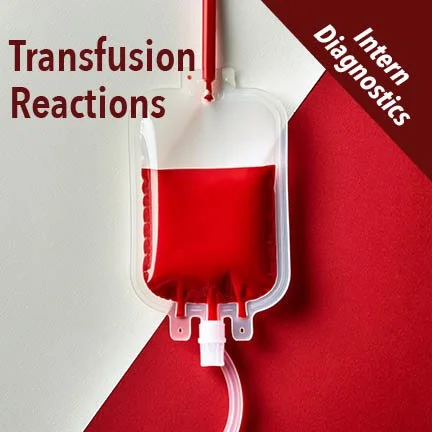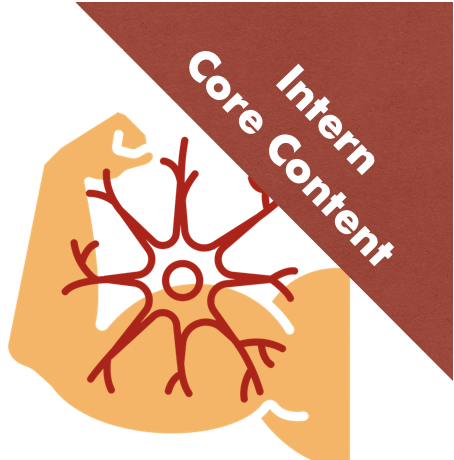Intern Diagnostics: Approach to the Limping Child
/When a child walks into the ED with an abnormal gait, the challenge begins—not just in identifying the cause, but in knowing which limps signal something more serious. Join Dr Huang as she walks us through a structured approach to the limping child, highlighting key history and exam findings, critical diagnoses you can’t afford to miss, and the importance of considering non-accidental trauma in your workup.
Read More
